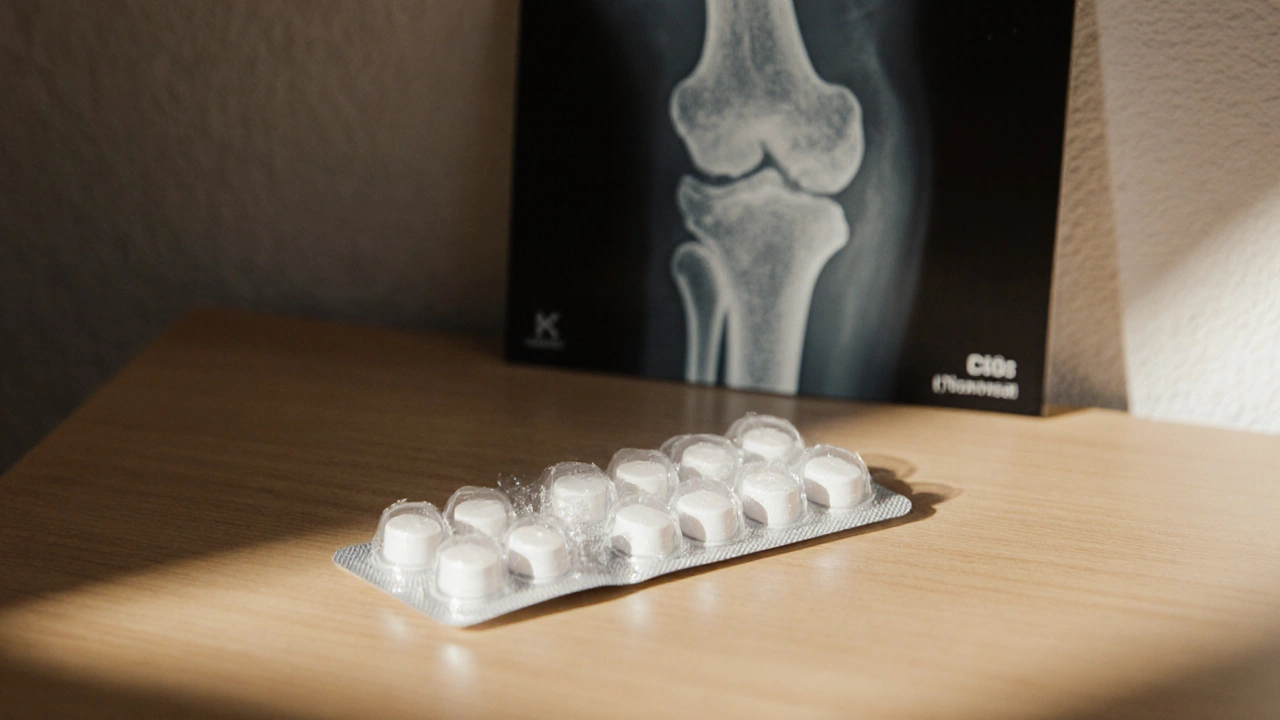Paget's Disease Treatment: Options, Medications, and What Works Best
When Paget's disease, a chronic disorder that causes enlarged and misshapen bones due to disrupted bone remodeling. Also known as osteitis deformans, it typically affects older adults and most often shows up in the pelvis, spine, skull, or legs. The problem isn't just bone size—it's messy, weak bone structure that leads to pain, fractures, and sometimes nerve pressure. You don't need to live with it. Effective Paget's disease treatment exists, and it’s not about surgery every time.
Most treatment starts with bisphosphonates, a class of drugs that block bone breakdown by targeting overactive osteoclasts. These are the go-to because they work fast, are taken orally or by injection, and can quiet the disease for years. Drugs like alendronate, risedronate, and zoledronic acid are common. Zoledronic acid, given as a single yearly IV drip, often brings the strongest and longest-lasting results. Some patients see bone pain fade within weeks. Then there’s calcitonin, a hormone that slows bone loss and can ease pain, though it’s used less now due to weaker effects and nasal spray side effects. It’s mostly for people who can’t take bisphosphonates.
It’s not just about popping pills. Treatment also means managing symptoms—like using pain relievers for discomfort, physical therapy to keep joints moving, or even braces if leg bones are bowing. In rare cases, when bones break or nerves get crushed, surgery becomes necessary. But for most, the goal is simple: stop the abnormal bone turnover before it causes bigger problems. Blood tests that measure alkaline phosphatase help doctors track how well the treatment is working. You don’t need to wait until you’re in pain to act. Early treatment can prevent hearing loss, arthritis, or spinal issues down the road.
What you’ll find below is a collection of real, practical guides that connect directly to Paget’s disease care. You’ll see how similar bone and metabolic conditions are handled, what drugs are compared in clinical practice, and how medications like bisphosphonates show up in other contexts—like osteoporosis or cancer-related bone loss. These aren’t random articles. They’re the kind of comparisons and insights that help you understand why one treatment works better than another, what side effects to watch for, and how to talk to your doctor about your options. This isn’t theory. It’s what people actually use.

Didronel (Etidronate) vs Alternative Treatments: Full Comparison Guide
A detailed guide compares Didronel (etidronate) with other bone‑strengthening drugs, covering uses, side‑effects, cost, and how to pick the right option.
read more




